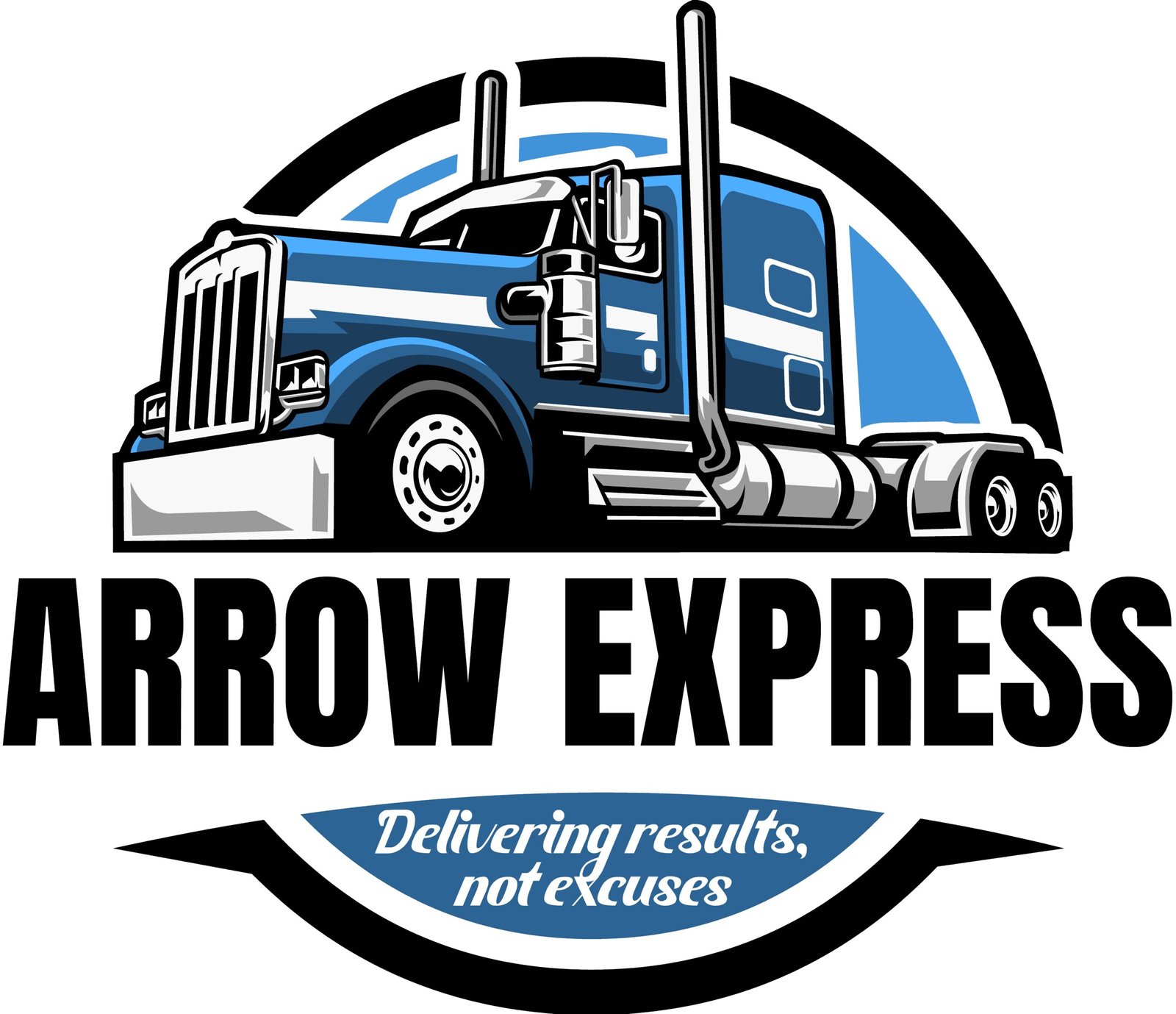Transporting a car can be a convenient solution for various situations, such as moving to a new state, purchasing a vehicle from a distant location, or shipping a classic car to an exhibition. However, understanding the costs associated with car transportation is essential for budgeting effectively. Prices for shipping a car typically range between $500 and $1,700 in the United States, but they vary depending on numerous factors. Let’s break down these factors and explore how they influence car shipping costs.
Typical Price Points for Car Shipping
The cost of transporting a car is influenced by the distance of the journey, the type of transport chosen, the vehicle’s size and weight, and several other variables. Generally, you can expect:
- Short Distances: For distances under 500 miles, rates may be around $1.10 to $1.70 per mile, making the total cost for a 300-mile trip approximately $330 to $510.
- Long Distances: For cross-country shipping (e.g., over 2,500 miles), rates typically decrease to $0.60 to $0.70 per mile, leading to a total cost of about $1,500 to $1,700.
These estimates provide a starting point, but the actual cost for your specific shipment depends on several other factors.
Factors Influencing Car Shipping Costs
1. Distance
Unsurprisingly, distance is one of the most significant determinants of shipping costs. Longer distances increase fuel usage and driver hours, leading to higher prices. However, per-mile rates generally decrease as the distance grows. This means that while shipping a car cross-country will cost more in total, the cost per mile is often more economical than shorter trips.
2. Vehicle Size and Weight
The size and weight of your vehicle play a crucial role in determining costs. Larger and heavier vehicles, such as SUVs, trucks, or vans, occupy more space on a transport carrier and may require additional handling, increasing the price. In contrast, smaller sedans are less costly to ship.
- Example: Shipping a small sedan may cost around $600 for 1,000 miles, while an SUV or truck could cost $800 or more for the same distance.
3. Type of Transport
Carriers offer two main types of transport: open transport and enclosed transport.
- Open Transport: This is the most common and budget-friendly method. Cars are transported on an open trailer exposed to weather and road debris. It’s suitable for most vehicles and costs less.
- Enclosed Transport: Vehicles are shipped in a covered trailer, protecting them from external elements. This option is ideal for luxury, classic, or high-value vehicles but is about $400 to $500 more expensive than open transport.
4. Seasonality
Car shipping prices fluctuate based on demand, which is often tied to the seasons:
- Peak Season (Summer): Higher demand during summer months often leads to increased prices. Families moving homes and college students relocating contribute to the seasonal surge.
- Off-Peak Season (Fall and Winter): Prices are typically lower due to reduced demand. However, weather conditions in certain regions can affect delivery times.
Planning your shipment during less busy months can save you money and reduce wait times.
5. Pickup and Delivery Locations
The location of your pickup and delivery points can significantly impact costs:
- Urban Routes: Shipping between major cities or along popular routes is usually more affordable due to better accessibility and higher availability of carriers.
- Rural Routes: Transporting a car to or from rural or remote areas can be more expensive, as carriers may have to travel off main routes, increasing their mileage and time.
6. Vehicle Condition
The operability of your car also affects shipping costs. Operational vehicles are easier to load and unload, making them cheaper to transport. In contrast, non-operational vehicles require special equipment, such as winches, to move them onto the carrier, which adds to the overall cost.
7. Additional Services
If you require special services, expect these to increase the overall cost of transportation:
- Expedited Shipping: Faster delivery times come with premium pricing, ideal for time-sensitive shipments.
- Door-to-Door Delivery: While convenient, this service costs more than terminal-to-terminal shipping, where you drop off and pick up your car at designated locations.
- Extra Insurance: While most carriers provide basic insurance, adding extra coverage for high-value vehicles may increase costs.
How to Get the Best Value for Car Shipping
To ensure you’re getting the best deal, consider these tips:
- Compare Quotes: Reach out to multiple auto transport companies for quotes. Comparing options helps identify reasonable price ranges and trusted carriers.
- Check Reviews: Look for companies with positive customer feedback and a reputation for reliable service.
- Plan Ahead: Booking your shipment in advance can help secure better rates and avoid last-minute price surges.
- Choose Open Transport: Unless your vehicle requires extra protection, opt for open transport to save money.
Final Thoughts
Transporting a car can vary significantly in cost depending on distance, vehicle type, transport method, and other factors. By understanding these elements, you can make informed decisions and budget effectively. For the most accurate estimate, request personalized quotes from reputable auto transport companies.
Whether you’re moving across the country, buying a car from out of state, or simply need a vehicle transported, knowing these price points and factors ensures a smoother experience. Planning carefully and comparing options can help you save time and money while ensuring your car arrives safely at its destination.


